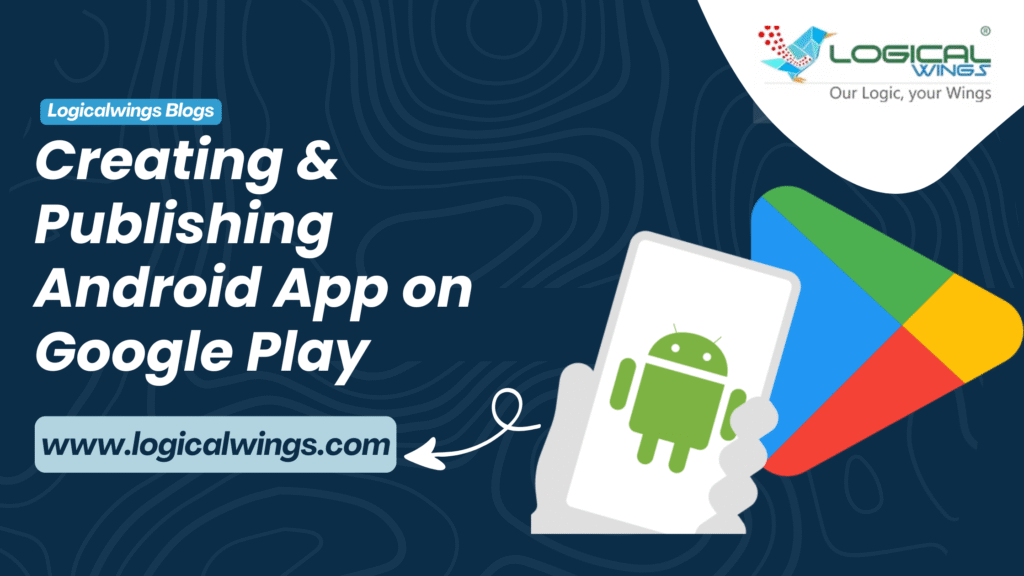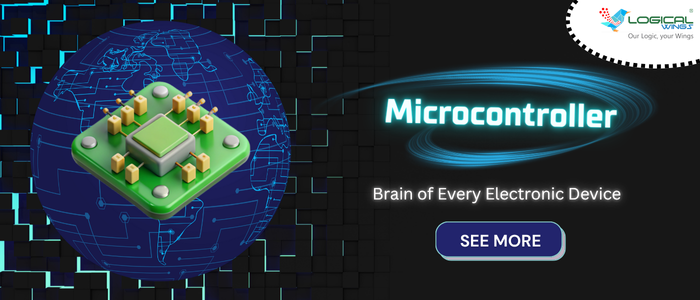Creating & Publishing Android App on Google Play
In the modern digital landscape, Android developers and enterprises that wish to engage a global audience must publish their applications on the Google Play Store. If you’re developing a personal project or launching a commercial product, knowing how to create a Google Play Console account and publish your app is critical. This article leads you through the entire process, from account creation and verification to app listing and production rollout, so you can confidently publish your app on the Play Store. What’s Google Play Console? Steps Step 1 – Sign Up Developer Type & Verifications Account Verification Account Dashboard Overview Step 2 – Create a New App App Dashboard & Setup Guide Step 3a – Configure Store Listing Step 3b – Content Rating Step 3c – App Signing Step 4 – Upload Production Build Final Review & Rollout Post-Release: Publishing Status Review & Troubleshooting Summary Account Settings Conclusion: Creating and publishing your Android app on Google Play may seem complex at first, but with a clear, step-by-step approach, the process becomes manageable and rewarding. By following the guidelines provided — setting up your Play Console account, verifying your identity, configuring your app listing, and successfully uploading your build — you set the foundation for reaching millions of Android users. Remember, launching is just the beginning; continue to monitor performance, comply with policies, and update your app to ensure long-term success. Looking for a professional Android app development partner? Contact LogicalWings to bring your mobile app idea to reality—from concept to launch.Take control of your app’s future—develop smarter, launch faster, and grow stronger! Contact us on: +91 9665797912 Please email us : contact@logicalwings.com
Creating & Publishing Android App on Google Play Read More »
Technology

